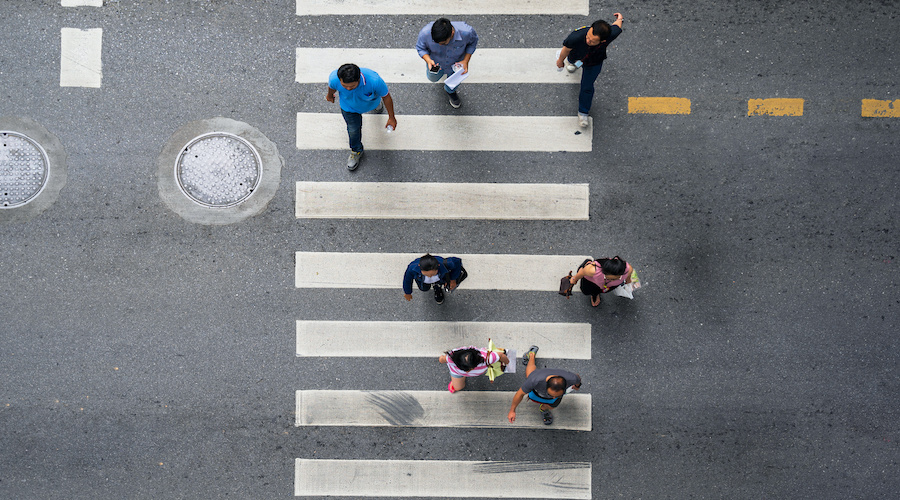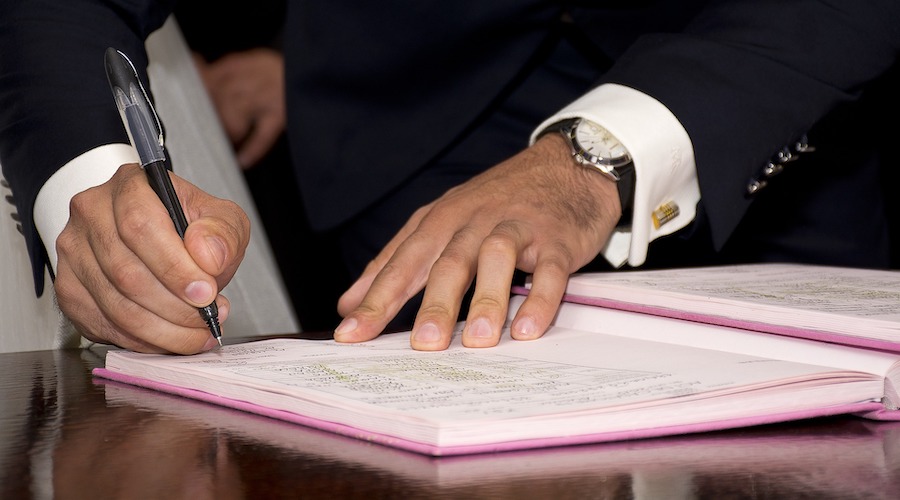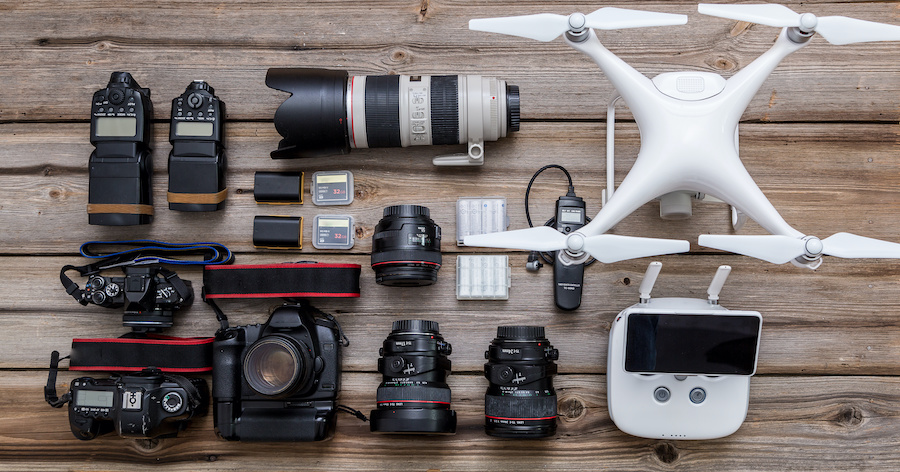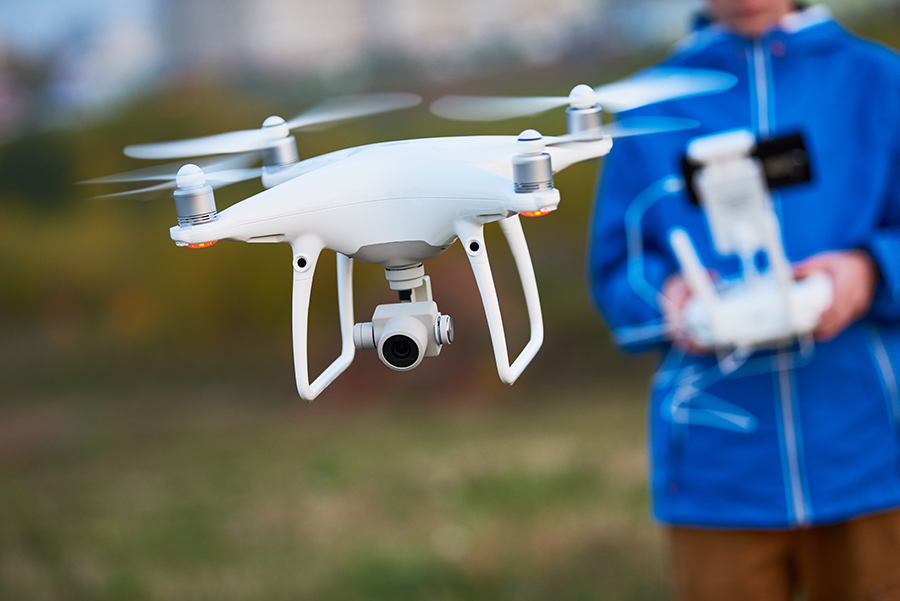Next only to waivers for operations at night, the waiver for operations of drones over people is the second most request out of the waivable Part 107 restrictions. As of June 2020, the FAA has granted 140 waivers of this type. This may not seem like such a huge number (given that more than 4,000 waivers have been granted), but it’s apparently significant enough for the FAA to consider revising the restrictions for drone operations over people.
Until such time, the only way for you to legally fly your drone over non-participants is to request for a waiver. If this is something you’re planning on doing, then we’ve come up with this sample application for a Part 107. 39 waiver for you.
Section 1: Acknowledgement
Operation Title: Operations Over People Waiver for News Coverage of Annual Arizona State Fair in East Camelback Road, Phoenix, AZ.
Responsible Party: Greg Reverdiau
Mailing Address: Prescott, Arizona
Phone number: (xxx) xxx-xxxxx
Remote Pilot: Greg Reverdiau
RPIC Number: xxxxxxxx (issued 6 July 2017)
Section 2: Waiver Application
Start and end date: 8 October 2020 through 18 June 2022
Proposed location of operations:
The operations will take place on the Arizona Biltmore Estates along East Camelback Road in Phoenix, Arizona. All operations will be done in Class G airspace. The nearest airport to the proposed location is the Phoenix Sky Harbor International Airport, which is located 5.5 miles to the south.
The Arizona Biltmore Estates is a residential neighborhood with sprawling fairgrounds. Although this place is typically sparsely populated, we are expecting large crowds on the days of the festival. The proposed area of operations is bounded by the following coordinates:
- 522, -112.025
- 522, -112.016
- 512, -112.016
- 512, -112.025
Proposed maximum flight altitude: 120 feet AGL

Description of proposed operations:
The proposed operations will be aerial video coverage of the Arizona State Fair in the Arizona Biltmore Estate in Phoenix, AZ. This is an annual event that typically draws huge crowds, thus the request for an Operations Over People waiver.
The operations crew will consist of at least three people – the RPIC, at least one visual observer (VO), and a dedicated ground assistant. All members of the crew will be easily identifiable during the operations with high-visibility vests.
The RPIC will be responsible for the manipulation of controls and will avoid any distraction that will cause him to lose focus on the SUA. As there will be crowds in the event, we expect a significant level of curiosity from non-participants. To avoid getting distracted by conversations from these people, the ground assistant will be responsible for engaging with them and reminding them that there are inherent risks in drone operations which can be further exacerbated by distracting the RPIC.
The responsibility of the VO is to maintain visual line of sight with the drone and to scan for potential obstacles in the air or on the ground. Ideally, the VO will be located at a distance that facilitates communication with the RPIC. However, communication aids will still be put in place in anticipation of heavy noise levels due to crowds at the event.
All members of the SUA operations crew will be equipped with electronic devices through which they will maintain communication. The RPIC will be provided accessories so he can communicate hands-free.
SUA operations over open-air assemblies will only be undertaken if absolutely necessary. Should this situation arise, it will only be done after coordination and clearance from the event’s security planner. A copy of the approved waiver, including details on the proposed time and date of operations, will be provided to the security planner along with contact details for the RPIC and the rest of the operations crew.
The proposed activity will not involve any SUA operations over moving vehicles. All operations will take place during the daytime.
Provide data specific to the small unmanned aircraft (sUA) or drone you plan to operate that demonstrates when the sUA or drone impacts a human for any reason – whether because of an accident, incident, sUA, or drone failure or malfunction, or RPIC error – the sUA or drone will not cause a serious injury or worse.
The proposed operations will make use of the DJI Mavic 2 Pro, an ultra-portable drone with a total take-off weight of 907 grams. The drone will be equipped with a ParaZero SafeAir Mavic parachute system, which complies with the standards set by the ASTM F332-18. The parachute system will be installed on the drone in accordance with instructions provided by the ParaZero SafeAir Mavic user manual.
Aside from the parachute system, the drone will also have a backup light system, redundant GPS tracker, and propeller guards. No other accessories will be mounted to the drone aside from those declared in this waiver. The total takeoff weight for the SUA, including all accessories, will not exceed 2,500 grams.
Prior to operations, a daytime survey of the proposed location will be done by the flight crew to identify potential hazards and to establish at least three landing areas. These landing areas will be outfitted with lights, demarcated by caution tape, and appropriately labeled to discourage entry by non-participants.
Should any untoward incidents happen during the operations which may pose a hazard to any person or property on the ground or in the air, the SUA operations will be immediately halted. The SUA will be redirected to any of the landing areas through manual or automatic methods. The RPIC will be responsible for ensuring that the SUA will always have a clear flight path to any of the designated landing areas.
Ensure the data provided addresses not only blunt trauma injuries, but also laceration injuries caused by contact with an exposed rotating part and any other type of serious injury that could be caused by a potentially hazardous characteristic of the sUA or drone design.
The SUA will be outfitted with a complete set of PGYTECH Mavic 2 Pro propeller guards to reduce the chances of the drone causing laceration injuries. Moreover, the RPIC will immediately stop the operation of propellers if the drone loses lift, resulting in the deployment of its parachute system.
Use of propeller guards
Describe any operating conditions, operating limitations, or procedures that must be followed to safely operate over humans.
The SUA will be operated at a minimum of 63 feet and a maximum of 150 feet. The minimum altitude gives the parachute system enough of an allowance to deploy before it hits a person on the ground.
Within seven days of the operation, the RPIC will have to confirm that the ParaZero SafeAir Mavic parachute system is free of any safety defects that will affects its efficacy on the field.
The RPIC will be responsible for doing a pre-flight inspection of the drone and all its accessories. Among the things to check for is any structural damage to the drone or its propellers. The RPIC must also make sure that the serial number on the installed parachute system corresponds to the one found in the SafeAir Product Safety and Compliance document.
A copy of the waiver plus all safety-related documents must be in possession of the RPIC during operations and must be presented for inspection upon the request of law enforcement or other appropriate authority.
In the event of a parachute deployment following a crash or any type of motor failure, a report will be submitted to the FAA within 72 hours with the following details:
- Date, time, and location of parachute deployment
- A description of events leading up the parachute deployment
- The name of the RPIC
- The serial number of the parachute system
- Any injuries or damage caused by the falling SUA
Describe any unique qualifications of the RPIC or person manipulating the controls, including any knowledge, experience, or skills necessary to safely operate over humans.
The RPIC has been trained in a manner consistent with how the SUA will be operated under this waiver. This includes a briefing of how the ParaZero SafeAir parachute system works and hands-on drills on the evasive and emergency maneuvers that could be needed to avoid potential obstacles and other hazards. Under no circumstance will the training be conducted that will involve SUA operations over non-participants.
Section 3: sUAS Details
Manufacturer: DJI
Model: Mavic 2 Pro
Registration number: xxxxxxxx
Relevant drone specs and accessories
| Weight | 907 grams |
| Max flight time | 31 minutes |
| Max horizontal speed | 20 m/s |
| Remote controller range | 8 km |
| Parachute system | ParaZero SafeAir Mavic |
| Anti-collision lights | TOPSUN 2.5W LED Strobe Lights |
| GPS tracker | Trackimo Real-Time Drone GPS Tracker |
Section 4: Review Waiver
This section will summarize all the information you have provided, including any supporting documents you have attached to your waiver application. It serves as a final check before submission. Make sure that everything is accurate and in order. Submitted applications are considered final, and the FAA will not accept any revisions or additions.








